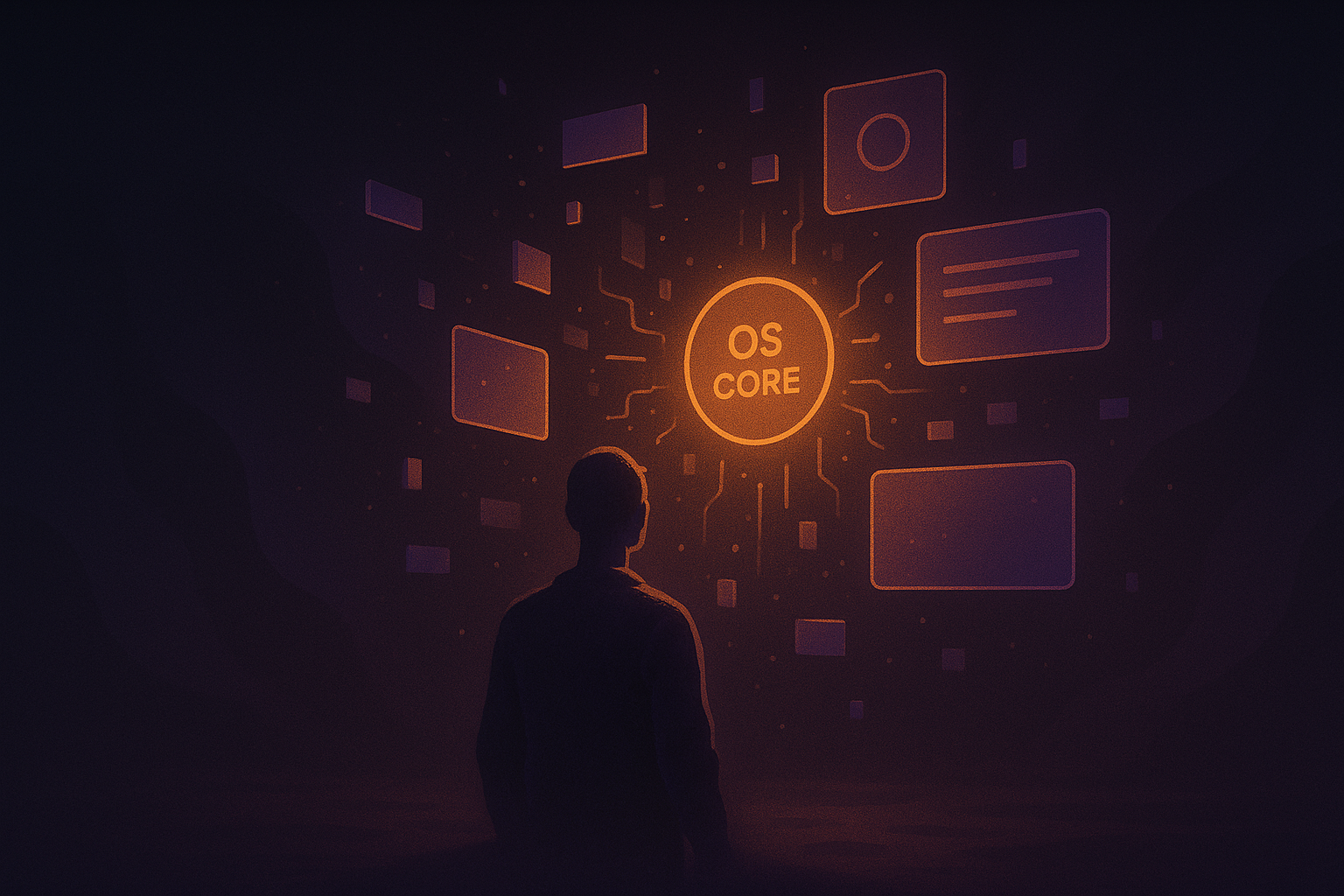

In the beginning, there was… nothing.
And that was exactly how we wanted it.
Void OS wasn’t born from an update. It wasn’t a fork of something older. It didn’t come wrapped in decades of legacy code or system architecture built in the early 2000s. Void OS was built from zero — from the void — for a reason.
We didn’t want to “improve” an operating system.
We wanted to reimagine what one could be.
Because “upgrading” a broken system doesn’t fix it — it just delays its failure.
Legacy operating systems were designed for a time when users opened email once a day and ran two applications at most. The modern user doesn’t just multitask — they run complex workflows, virtual machines, AI models, and real-time collaboration tools... simultaneously.
Trying to bolt AI onto an old system is like installing a jet engine on a horse cart.
It’s loud, inefficient, and very on fire.
So, we threw it all out.
No baggage. No bad habits. Just a clean slate and a bold question:
What does an OS look like when it’s designed from the ground up with AI at its core?
We didn’t just build an operating system — we engineered a thinking system.
Void OS doesn’t just wait for input. It watches. It learns. It predicts.
It adapts to your behavior over time, re-allocates resources dynamically, and even changes its own interface based on your usage style. This isn’t just personalization — it’s evolution in action.
What’s under the hood?
We didn’t choose the name Void because it sounded cool (okay, maybe a little).
We chose it because creation starts where assumptions end.
Void isn’t empty — it’s full of potential.
It’s a space waiting to be shaped by the user. And in that shaping, it learns and grows.
Void OS is not a product.
It’s a living system that evolves with you — whether you’re a solo developer, a startup team, a gamer, a sysadmin, or an AI researcher breaking boundaries at 2 AM.
We didn’t build Void OS to compete.
We built it because we were tired of waiting for something better.
So we made it.
From nothing.
Now it’s yours to evolve.